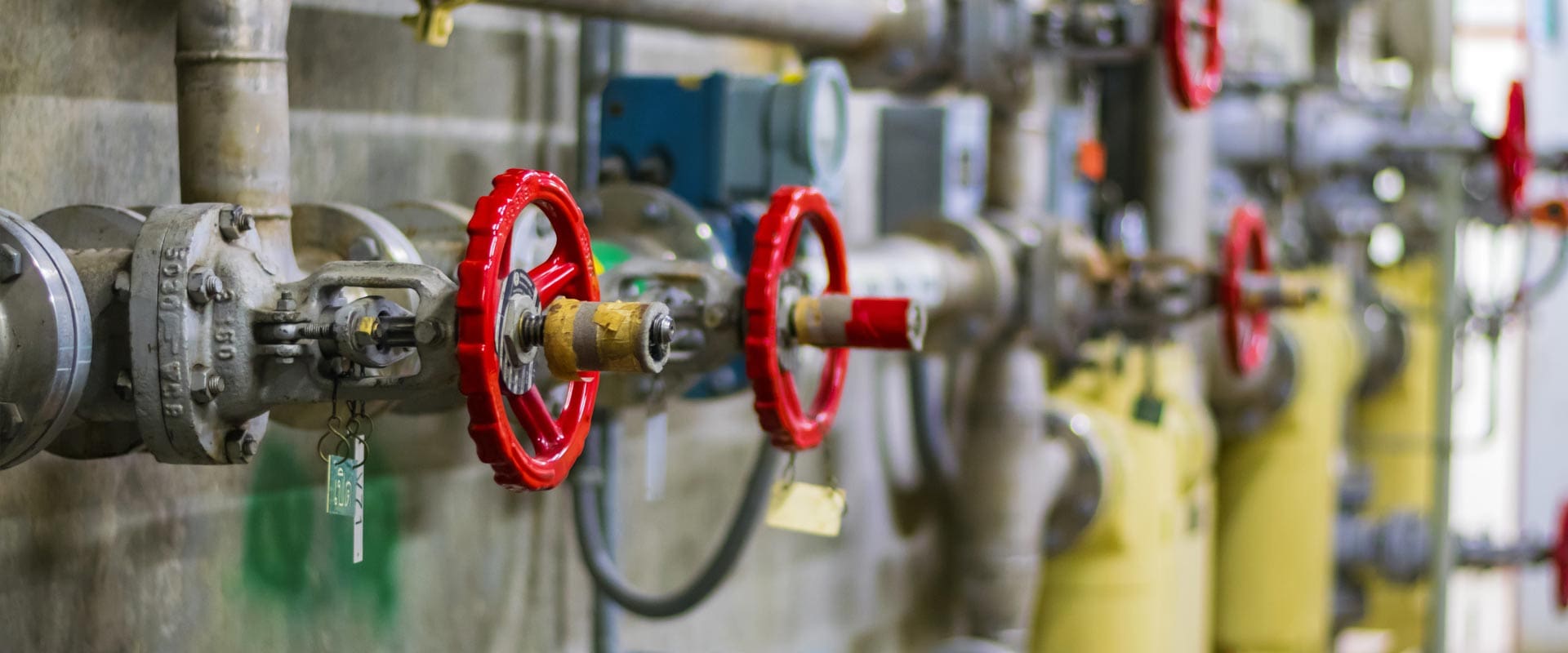
Liquid Handling Systems
Cold spray technology, otherwise known as Supersonic Particle Deposition (SPD), has many applications for repairing damaged or stressed materials in-situ. But one of the most logical and cost-effective additions to cold spray capabilities is repairing liquid handling systems, such as active pipelines.
Repairing damaged or corroded pipelines is an essential part of the business. Although there are many documented approaches for various kinds of repair, many of them require high temperatures. Thermal repair may cause heat-related damage, and more significantly, it may weaken the substrate.
According to the Office of Pipeline Safety, thermal techniques also require complete shutdown and evacuation of hazardous materials from the pipeline. As you can imagine, this is hugely inconvenient, cost-prohibitive, and in some cases, difficult to repair in place, therefore extending the project deadline.
The cost of repairing pipeline corrosion is between $5 billion and $8 billion annually in North America alone. Over half of that cost is in pipeline maintenance. The other part is divided between the cost of failure and capital investment.
Challenges For Liquid Handling Systems
Public safety has been a catalyst in developing tighter regulations that require better corrosion controls and repair techniques. Supersonic Particle Deposition has enabled safer, cost-effective means to get the job done.
Repairing a damaged pipeline through traditional methods, such as welding, requires a complete assessment of the damage and potential repair techniques. Regardless of the method selected, the pipeline must be inactive and void of hazardous materials. This will inevitably extend the duration of the project and is highly inconvenient for the end-users. Even for the case of composite wrap repairs, which technicians can do on energized systems, the repair region’s inspectability is generally lost after the repair, which makes estimating and monitoring the remaining life difficult or impossible after repair.
How VRC Can Help With Your Liquid Handling Systems?
VRCs cold spray technology offers a variety of methods to repair and control corrosion in an energized pipeline. The low temperatures accomplish the job without leaving behind additional damage to the pipeline. It allows the repairs to be made in place rather than the extensive requirements of shutting the liquid handling systems down for repairs. Furthermore, traditional inspection methods can still be used to monitor wall thickness and estimate the condition and remaining life of the structure.
In some cases, adding deposits of materials can improve the substrate’s integrity to a state better than its original form. Cold spray technicians and repair personnel can select deposition materials explicitly for their corrosion inhibiting qualities. When applied as part of a regular inspection and maintenance program, cold spray can significantly reduce the risk of failure and extend the equipment’s life.
VRC Metal Systems has patented cold spray technology to repair your damaged or corroded pipelines and storage vessels. In most cases, technicians can accomplish this while liquid handling systems remain pressurized, and in some cases, it can be done even if they are actively leaking. This has the potential to help you save millions of dollars in maintenance and repair costs. Contact VRC Metal Systems today to learn if this technology is suitable for your liquid handling systems.
our Services
ON-SITE SUPPORT
We provide on-site support for all our services as standard
SYSTEM CALIBRATION
Products can be configured by one of our experienced technicians.
EQUIPMENT LEASE
We offer a variety of equipment lease options for you and your company.
Our trained engineers across the nation offer short & long term solutions for your aircrafts
COLD SPRAY PRODUCTS
Check out all our best selling cold spray products here!
ARTICLES
Read More!

